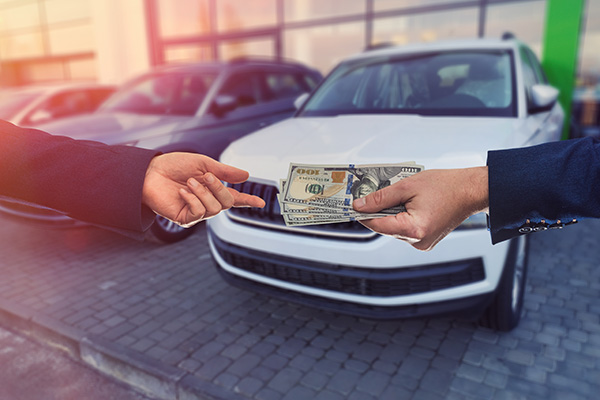
Selling a car can be a bit like navigating a maze. With so many factors to consider, from pricing to presentation, it's easy to feel overwhelmed. However, if you take the right steps, you can maximize your vehicle's value and secure a great deal. Whether you're selling privately, trading in, or going through a dealership, knowing how to position your car in the best possible light is required. So, how do you ensure you're getting the best price when selling your car?
Knowing What Your Car Is Worth
The first step in getting the best price for your car is to know what it's worth. This isn't just about checking the sticker price of similar vehicles; it's about understanding the current market conditions and how they affect your car's value.
Start by researching the average selling price for your make and model, considering factors such as age, mileage, condition, and location. Online tools like Kelley Blue Book, Edmunds, and NADA Guides are excellent resources for getting an estimate of your car's market value. Keep in mind that the demand for certain vehicles can vary by region, so it's a good idea to check local listings to see how similar cars are priced.
Also, be aware that certain features or upgrades, like a sunroof, premium sound system, or leather seats, can boost your car's value. On the flip side, if your vehicle has any known issues or damage, you might need to lower your expectations slightly.
Making Your Car Look Its Best
Once you've determined a fair price range for your car, the next step is to make sure it looks as good as possible. A well-maintained and clean vehicle is far more appealing to potential buyers, and it can even justify a higher asking price.
Start with a thorough cleaning. Wash and wax the exterior, paying close attention to details like the wheels and tires. Clean the windows inside and out, and polish any chrome or metal accents. If there are any scratches or dings, consider having them fixed, as these imperfections can detract from your car's value.
On the inside, vacuum the seats and carpets, wipe down the dashboard, and clean out all the nooks and crannies. If your car has any unpleasant odors, use an air freshener or consider having the interior professionally cleaned.
Another key aspect of the presentation is making sure everything is in working order. Check all the lights, signals, and wipers, and top off any fluids that are low. If your car needs any minor repairs, like replacing a cracked windshield or fixing a broken tail light, now is the time to take care of them. A car that looks and runs well is much easier to sell at a higher price.
How to Write a Winning Listing
With your car looking its best, it's time to let potential buyers know it's for sale. The way you advertise your car can significantly impact the price you can command, so it's important to get it right.
Start with high-quality photos. Take clear, well-lit pictures from multiple angles, including the front, back, sides, interior, and engine. The more visually appealing your listing is, the more attention it will attract.
Next, write a compelling description. Be honest and detailed, highlighting your car's best features and any recent maintenance or upgrades. Mention things like low mileage, fuel efficiency, or a strong service history. If your car has a clean title and no accidents, be sure to emphasize that as well.
Pricing is also critical in your listing. Set a fair price that reflects your car's condition, but leave a little room for negotiation. Buyers often expect to bargain, so starting slightly higher than your target price can give you some flexibility.
When to Sell Your Car
Timing can play a crucial role in how much you get for your car. The demand for certain types of vehicles can fluctuate throughout the year, so selling at the right time can help you get a better price.
For instance, convertibles and sports cars tend to sell better in the spring and summer when people are looking forward to enjoying the warmer weather. On the other hand, SUVs and trucks might fetch higher prices in the fall and winter when drivers are thinking about tackling tough weather conditions.
Consider the age of your car. Vehicles tend to lose value over time, so the longer you wait, the less you might get. If your car is approaching a major milestone, like 100,000 miles or a significant anniversary, selling before you hit that mark could help you get a better deal.
Negotiating Like a Pro
Once you've attracted potential buyers, the final step is negotiation. This is where your research and preparation will really pay off.
Be confident in your asking price, but also be open to reasonable offers. If a buyer points out any flaws or issues, be prepared to address them honestly. You might need to make some compromises, but don't be afraid to walk away if the offer is too low.
Remember, it's not just about the price. Consider the terms of the sale, such as payment method, timing, and whether you need to make any last-minute repairs or adjustments. A fair and friendly negotiation can lead to a deal that leaves both parties satisfied.
Want to make sure your car is in top shape before selling? Visit Robbie's At Your Service for expert maintenance and repairs. We'll take care of everything so you can sell with confidence.